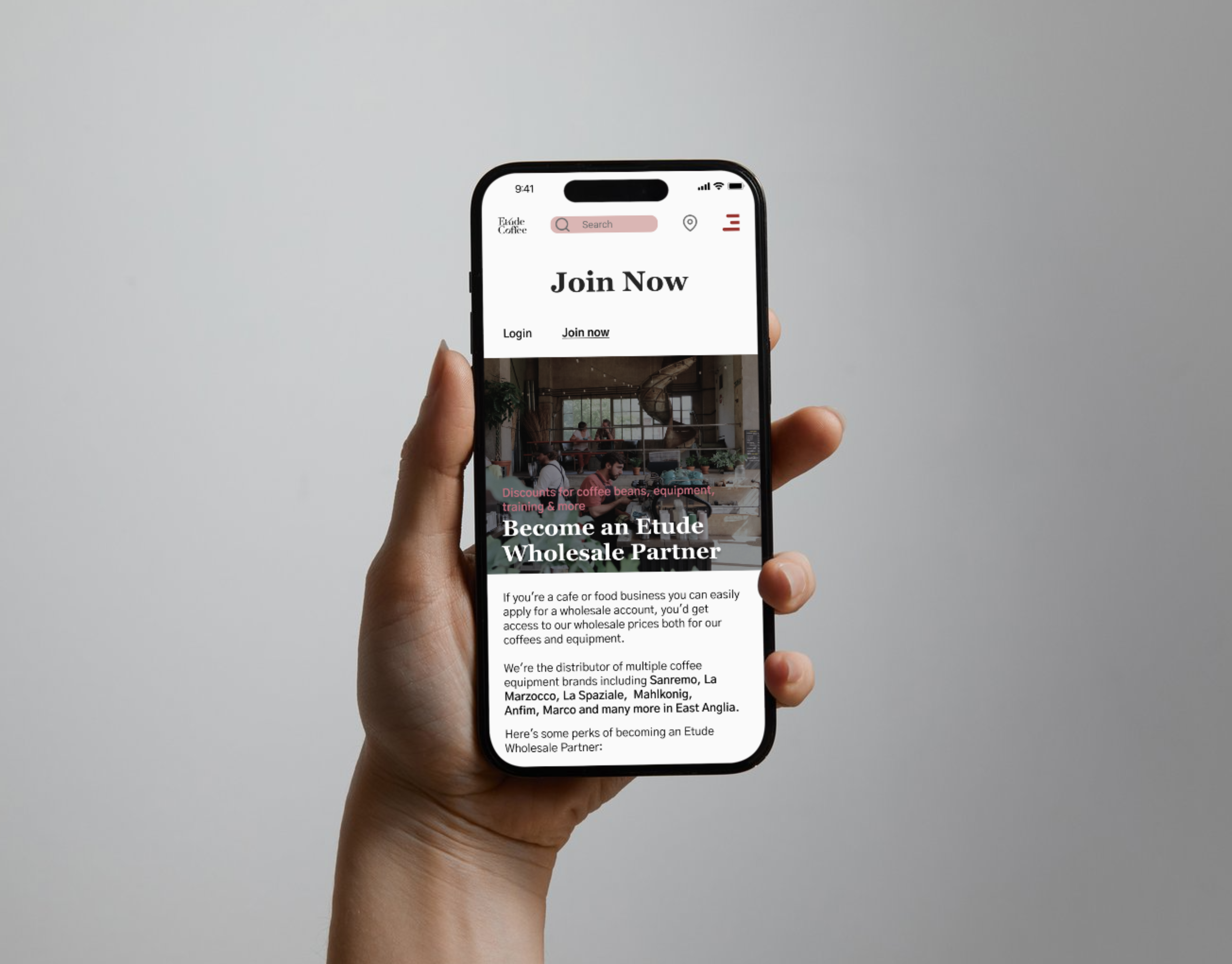Problem Diagnosis
In a world where financial management often feels overwhelming, HoneyWallet was born out of a desire to make budgeting and expense tracking accessible and enjoyable for everyone. With a deep understanding of user needs, HoneyWallet was crafted during a UX design course with one goal in mind: to revolutionise the way people interact with their finances.
The app was developed as a solution to the everyday challenges of budgeting. Through various rounds of user research and usability testing, I identified a strong concern about saving and managing expenses, particularly among younger users. HoneyWallet offers a user-friendly interface that transforms the difficult task of managing expenses into an engaging and intuitive experience. It helps users efficiently manage their finances by simplifying expense tracking, setting and managing goals, and providing insightful financial summaries.
Research Phase
Interview:
Four interviews were conducted via Google Meet video calls and in person with young users aged between 25-35 who are interested in saving and tracking their expenses. Each interview lasted around 10-20 minutes, consisted of 12 questions, and only the audio was recorded.
Affinity Map
Survey:
A user survey was created with 12 questions, 10 multiple-choice and 2 open-ended. This survey was shared with majority of young full-time employees aged between 25-35, primarily within the 25-34 age range, through general UX Slack and WhatsApp groups, resulting in 20 responses within 2 days.
User Personas
Research Takeaway
The research analysis reveals that participants are generally satisfied with their financial apps for tasks like online shopping and security. However, there is a lack of financial tools for saving money and effectively tracking transactions. Most participants manage their savings in separate accounts and do so manually. Additionally, I found little encouragement within their financial apps to motivate users to manage their spending effectively.
Design Phase
User Flow
Task Analysis 1:
- Entry point: Log into the app
- Success Criteria: Debora successfully sets a goal using the app
Task Analysis 2:
- Entry point: Log into the app
- Success Criteria: Mani successfully tracks expenses using the app
HoneyWallet Sitemap
UI design documentation
In my UI design documentation, I chose orange as the primary colour, with secondary colours of green and slightly yellow, representing the nature of bees. For the rest of the elements, I aimed for a simple yet playful design to ensure a user-friendly and engaging experience.
Copy/Language Guidelines:
Our app's voice is human, familiar, friendly, and straightforward. We use clear, conversational language to ensure users can easily navigate and understand the app. Simple and intuitive content helps users achieve their financial goals efficiently, providing a natural and supportive experience.
Do’s & Don’t:
- Use light, welcoming backgrounds.
- Keep sentences short and clear.
- Ensure text is easy to read with ample spacing.
- Use friendly and conversational language.
- Don’t use technical jargon or complicated terms.
- Avoid cluttered layouts that make navigation difficult.
- Keep sentences short and clear.
- Ensure text is easy to read with ample spacing.
- Use friendly and conversational language.
- Don’t use technical jargon or complicated terms.
- Avoid cluttered layouts that make navigation difficult.
Accessibility:
Ensuring a clear and consistent hierarchy is crucial for accessibility. We use deliberate section headings and appropriate font sizes for readability, avoiding small text to prevent overwhelming users. In content-heavy areas, users have the option to listen to sections. Colours are chosen for adequate contrast and element differentiation, and all interactive elements are accessible via keyboard navigation. Alternative text is provided for images and icons to support screen readers.
High-Fidelity Prototype
Onboarding Screens
The HoneyWallet onboarding process combines playfulness with purpose. It introduces the app's goal of managing transactions and promoting savings with engaging, vibrant screens. Simple animations and a fun approach ensure users enjoy learning about HoneyWallet's features from the very start.
Step Towards Success!
Iteration Phase
Usability test
Six usability tests were conducted with six participants—two moderated in-person and four in remote sessions. Each session lasted 20-30 minutes and included a short briefing, an interview with background and open-ended questions, and three task performances with HoneyWallet.
Ideating the “Goal Page”
- 2 out of 6 participants spent extra time trying to find the "Add Goal" button.
- 3 out of 6 participants couldn't determine which card was used to set their goal.
- All participants successfully set a goal and found the analysis section interesting.
- I added a button next to the search bar and another at the bottom of the page to make them easier to find.
- To avoid confusion regarding account selection after adding a goal, another page will now indicate the bank card and schedule the payment.
- To offer more flexibility, I added a filter option to the spending analysis.
Iteration 2
The development at each stage was supported by continuous improvements based on design standards such as design principles, design frameworks, and accessibility considerations. This process was complemented by user feedback from peer feedbacks:
- This led to the addition of saving features to simplify the process and make it easier to find related articles for various saving concerns.
- A new concept called "Goal Body" was also added. This section focuses on encouragement, allowing users to add friends as supporters to help each other achieve goals. No financial details are shared—just support and motivation.
Next Step
Throughout this project, I discovered the crucial role that user research and feedback play in the design process. Continuous iteration, combined with the creation of an appealing user interface, proved essential in developing a product that genuinely meets user needs.
As I move forward, for the next steps in the project:
- Implementing features for investment tracking.
- Enhancing the app with AI-driven financial advice.
- Maintaining continuous user engagement to gather feedback for future updates.
